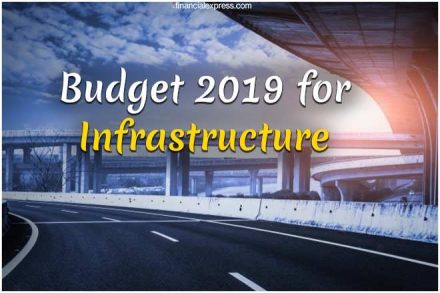With the private sector left with limited cash flows, the government struggling to mop up revenues and household savings slowing, local funds for India’s ambitious infrastructure build-out will be hard to come by. But it’s not just the lack of resources that is stymieing investments. The business environment today is so unfriendly — regressive taxation, inflexible labour laws and miles of red tape — it’s no surprise new project announcements crashed to a15-year low in June.
The Economic Survey has predicated India’s growth on a revival in investments but while measures may be taken to deepen the long-term market for bonds, resources and a Credit Guarantee Enhancement Corporation may be set up, it will be a while before these yield results.
The government has decided to tap overseas markets with sovereign bonds but should not end up cannibalising the FPI investments in the local debt market. While the move to ease the Foreign Direct Investment (FDI) rules — in sectors such as animation, insurance, media, aviation,is a welcome move and should attract equity capital, these will not be meaningful. It is in sectors such as defence where large capital infusions are needed.
The government’s capital expenditure for 2019-20 has been pegged at `3.38 lakh crore, an increase of 11.7% over 2018-19. This will be supplemented by extra-budgetary borrowings; for instance NHAI is expected to tap the bond markets for `72,000 crore this year. While the government’s market borrowings are reasonable at `4.2 lakh crore, over-borrowing outside of the Budget can also drive up interest rates and crowd out the private sector.
The government must ensure the cost of capital does not go up else it could hurt whatever little appetite the private sector has. Much of the equity capital with the private sector has been used up, over the last couple of years, to buy stressed assets — via the IBC and M&A route. While these acquisitions may not always lead to higher output they help save jobs. Given capacity utilisation remains at levels of 74-75% and demand for most goods remains weak, as borne out by the high frequency data, there can be little rationale for putting up more capacity.
Moreover, banks have turned risk averse and are reluctant to lend to high-risk infra projects. The move to permit investments made by FIIs/FPIs in debt securities issued by Infrastructure Debt Fund – Non-Bank Finance Companies (IDF-NBFCs) to be transferred or sold to any domestic investor within the specified lock-in period, is welcome. Also, several power projects are stressed and can be revived if adequate fuel linkages are provided; the government should make this a priority to save precious capital.
